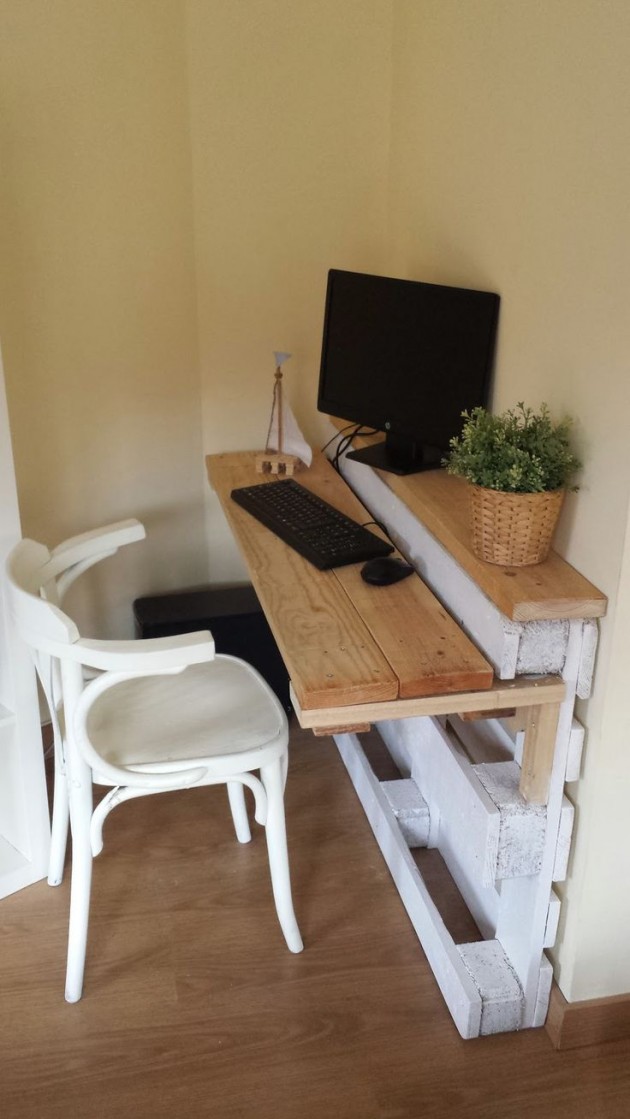Table of Content
Once you've finished a quadcopter drone, you can try larger designs that incorporate more motors to carry more equipment like cameras. Make sure your system has a removable or rechargeable built-in battery. You need to turn it on to connect it to your flight control system. The drone frame already has a landing gear and motor, but the center of the frame still needs to be emptied. Make sure the rated current of the speed controller is higher than your motor. Carbon fiber-reinforced composites , thermoplastics like polyester, nylon, and polystyrene, aluminum, and lithium ion batteries are the top materials used in drones.

Use the power supply that came with the battery to connect it. The power distribution board transmits the right amount of power to each component to keep the drone running smoothly. Place each motor in the holes you drilled, then use screws or bolts to attach them. Then slide the propeller onto the rod extending from the top of the motor and screw the cap that came with the motor into the top of the rod. Once you’re done with the quadcopter drone, you can try a larger design that includes more motors to carry more gear like cameras.
How much does it cost to build a racing drone?
Indeed, this technology can be used to work on the design and resistance of the drone. 3D printing enables you to do some rapid prototyping, but its also possible to produce a finished drone thanks to this technology. 3D printing can be a useful tool to create a drone or can help you to start with your drone project. Batteries should be matched to the required motor voltage.

Each extending arm of the drone frame should reach toward what would be the corner of a perfect square you could draw around the frame. Choose a frame material that is at least 1 inch (2.5 cm) wide to support mounting your engines. The motor of a drone is the most crucial component of your drone. Most of the time, you have to source your motor from ebay. When you buy a drone from the market, you are generally buying the PCB, controller board and motor.
About This Article
Connect the lines from the speed controllers and the battery to the board once you've zip tied it down. Consider the size and shape of your battery when looking for the right place to mount it. If it's flat, you can mount it in the center of the drone and then mount other components on top of it. If not, you may want to mount the battery on the underside of the drone along with the speed controllers. Find a quadcopter design in a book or online for reference. There are many websites and books devoted specifically to building your own drone.
The frame of a drone is typically made of lightweight, composite materials, to reduce weight and increase maneuverability during flight. Due to their high energy density relative to their size and weight and higher voltage per cell, lithium polymer batteries are among the most popular battery types used for drones. As a result, they can power the drones on-board systems with fewer cells than other rechargeable batteries. Drones are small remote-controlled aircraft you can pilot yourself. There are many kinds of drones you can build and operate, but a simple quadcopter is the easiest to build and control for beginners.
What are the types of drones?
Run the wires from the motors to their respective speed controllers on the underside of the drone's frame so power can be transferred into the motors once you power the drone up. While these connections may vary from brand to brand, they are usually a simple male/female connection that just needs to be pressed together. Make a frame for the drone out of metal, plastic, or wood. Begin constructing your frame using the material of your choice. Model plastic, balsa wood, or thin metal (thinner than .25 inches (0.64 cm)) are best. For a simple quadcopter design, lay one 12 in long piece of wood, plastic or light metal across another, so it creates an “X” shape with 90-degree angles.

Stand the landing gear rings on their side and attach them with duct tape. Place one ring on its side beneath each arm of the drone's frame, then use thin strips of duct tape to secure the rings to the arms. The drone will now stand on its own on your table.You can use glue instead of tape, but make sure it's completely dry before moving on. To achieve flight, drones consist of a power source, such as battery or fuel, rotors, propellers and a frame.
Don't use glue the first time you assemble your drone, as you may find you want to adjust the positioning of different components based on how it flies. Make sure the speed controller current rating is higher than that of your motor. Use the left stick to control the speed and direction. The remote control system comes with the remote control itself, which you use to control your drone.
Do not proceed to the next step until the parts of the frame are attached and the glue used has dried. In the United States, drones are permitted to go no higher than 400 feet, unless they have special exemptions from the FAA. In the European Union, flights are limited to 500 feet above the ground. No matter the continent, everyone can agree that 11,000 feet is way too high for a quadcopter.
For such complicated machines, drones have very few parts and don't take fancy engineering to build one. There are a bunch of fun “build your own drone” kits. So I'm going to give you a brief rundown of the fundamental drone components and details you should familiarize yourself with.
Once we made our RTF package and uploaded the firmware files to our printer, we still had to put it all together and that is where our "simple" steps of this guide will come in handy. Step 09Neatly wiring it all together We started out by plugging in the USB cable into the USB port of our iPad. We then downloaded the Hexiwear (HexTork 2.0.0), the open source Hex Drones Pocket cockpit and the spihex hex . Once this was downloaded to our iOS device, we now had all of our files in order and only needed to wire the USB controller onto our Hexiwear and the Hex Drones Pocket cockpit. The first thing we needed to do was to connect the USB hub from the Raspberry Pi to the USB port of the Hexiwear. The pistons must be provided with a belt/cable/helical drive to rotate the rotating parts.
Note that most modern flight controllers are integrated with a power distribution board. Use the power supply that came with your battery to plug it into a wall outlet. Leave it plugged in until it reaches a maximum charge .You'll need the drone's flight controller powered to connect it to the remote control system. Center the power distribution board on the drone frame, on top of the battery if you placed it there as well.

You may need to solder the wire directly to a port on the motor itself. If so, check the manual for the motor as well, to ensure you're soldering the wire to the correct port. The cuts don't have to be perfect as long as the rings are thick enough to be sturdy, but the better the finish on your cuts, the better the drone will look. These four rings serve as a light rail for your drone.
Connecting the Controls
Most drones will use batteries, so it's important that you get some of the best. It's always important that you buy high-quality batteries because you don't want to go bankrupt because of a single drone. People usually buy cheap and low-quality batteries. This article was co-authored by wikiHow Staff.
This can also be your next science project idea. Check with your local laws and regulations pertaining to flying drones before you take yours out. Check to see if your system takes off-the-shelf batteries or is rechargeable. You'll need to power it to connect it to your flight control system. Use zip ties to hold the battery in place so you can remove it and move it if you need to adjust the weight distribution of the drone later.
No comments:
Post a Comment